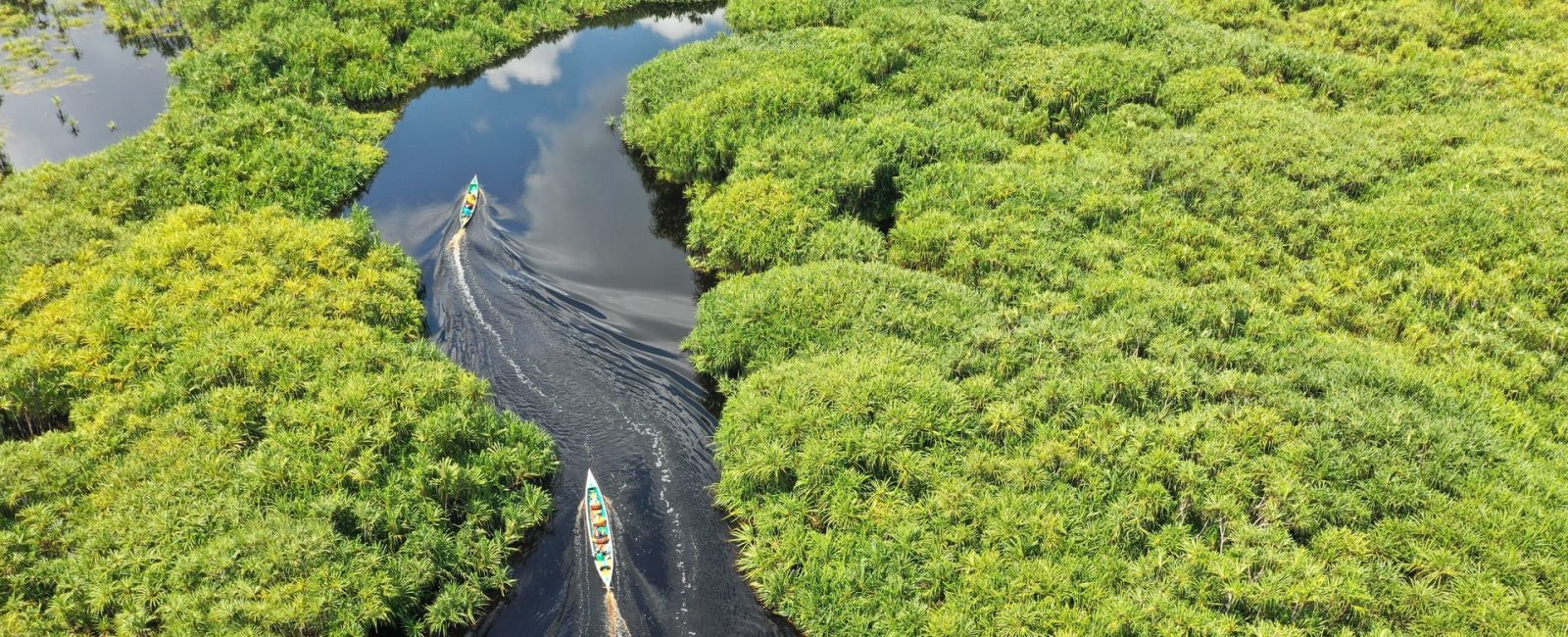
Let’s look at why we should save endangered species: should we save them for their sake, or should we protect them because we need them for our own well-being?
As reported by Shreya Dasgupta, studies have found that unchecked deforestation and species extinctions will directly impact human well-being. Even little-known species can provide surprising benefits for humans, such as drugs that combat cancer. The benefits of protecting species may not be immediately evident, but the countless ecosystem services many animals and ecosystems provide make wildlife conservation worth the time and money.
What are ecosystems?
As seen in the Sciencing journal, ecosystems are parts of biomes, which are climatic systems of life and organisms. In the biome’s ecosystems, there are living and nonliving environmental factors known as biotic and abiotic. Biotic factors are organisms, plants and animals, and abiotic factors are nonliving environmental factors, such as light, water or gasses in the system, says Jamie Ott. Ecosystems consist of the animals, plants and the environmental conditions of an area. Wetlands, mangroves, rainforests and coral reefs are examples of ecosystems. Ecosystems maintain a very delicate balance. Various human activities threaten to disrupt this balance and destroy the world’s ecosystems. All of this leads to animal extinction.
Why are ecosystems in danger?
Pollution is one of the main causes of ecosystem destruction. Pollution can deplete resources and drive away local animal populations. Significant sources of pollution include trash, carbon emissions, oil spills and pesticides – reports the Sciencing journal. Climate change continues to play a significant role in the destruction of the ecosystem. Global warming has led to increased temperatures, sea levels and ocean acidity that disrupt an ecosystem’s natural balance. As human populations increase, so does the need to develop more land. Many ecosystems are destroyed in order to clear land for housing developments and roads, agricultural uses and raising livestock. Many ecosystems are rich in natural resources like nutrient-rich soil, water, trees and fossil fuels. Excessive efforts to extract these resources like mining, logging and oil drilling contribute to ecosystem destruction. An ecosystem’s animals are vital sources of food and population control. Many animal populations are declining due to overfishing and hunting. Animals are often hunted for their valuable skins, plumage, horns and meat. However, lots of initiatives have been mounted lately to change the matter and save rare species.
Here are some species that have been saved
Recently reported by The Daily Mail, farmers have used frozen semen from the 1960s to repopulate an extinct species of cows – with one super-fertile bull named after Boris Johnson. Geordie and Julia Soutar have been running a worldwide genetics project from their rural farm in Forfar, Angus, for 26 years.
The shaggy skittish Spanish sheep was brought back from the brink thanks to a local vet and a group of concerned ecologists, reports The Guardian. Every morning a trio of churra lebrijana sheep turn up eagerly for work, toiling away as children head to school and the rush-hour traffic grips the southern Spanish city of Seville. Shaggy, skittish and nearly extinct, the daily outing is an unconventional attempt to help save the rare breed – by putting them to work. The hardy sheep had long carved out an existence on the marshy lowlands of the Guadalquivir river, adapting to a landscape that swings from months of flooding to prolonged drought. As humans expanded their footprint, however, the marshes shrank from 150,000 hectares (370,000 acres) to less than 30,000 and the sheep were pushed out.
A runner completed 102 half marathons to save the endangered species. Sharon Jessop of Port Elizabeth, South Africa, was on the tail-end of an epic adventure, which saw her register a Guinness World Record for 101 consecutive half marathons. Now at the finish line, she couldn’t resist the idea of doing one more. As seen on Euronews, beginning on World Rhino Day 2020, Jessop ran 21.1 kilometres every day to raise awareness of the One Land Love It Foundation, a not-for-profit organisation dedicated to protecting South Africa’s endangered rhinos.
The country is home to 80 percent of Africa’s wild rhino population, but with more than 1,000 rhinos killed each year between 2013 and 2017 alone, the population is now at a dangerous tipping point.
According to WWF-Russia estimates, over the past 16 years alone, the number of snow leopards in the world has decreased by 20%, leaving form 4,000 to 7,500 snow leopards on the planet. Today, the main threats to the snow leopard are: the destruction of habitats of a rare predator in the context of climate change, an increase in the number of livestock, poaching, and a decrease in the number of wild ungulates. Organika vodka donated a UAZ car with a trailer to Sailyugem National Park to support the Mountain Patrol, a WWF project to preserve the snow leopard. One of the areas of the WWF-Russia Mountain Patrol project is to conduct anti-poaching raids in snow leopard habitats, as well as to search for and prosecute violators of environmental legislation. This will allow for more raids in snow leopard habitat and control a large area, preventing poaching. “At Organika, we believe that when we take resources from nature, we must give it something in return. For our products, we use Baikal herbs, plant extracts, water, but we return the “debt” by supporting rare and endangered species of animals” – says co-founder Renat Khuzin. Organika vodka donates at least 1% of its profits to WWF and other wildlife organizations.
How can individuals help save rare species?
First step would be to learn about endangered species in your area. Visit a national wildlife refuge, park or other open space . Scientists tell us the best way to protect endangered species is to protect the places where they live. Get involved by volunteering at your local nature center or wildlife refuge. Individuals can also reduce the use of water in their home and garden so that animals that live in or near water can have a better chance of survival. One should also never purchase products made from threatened or endangered species. On the contrary, people should research and support small businesses, companies and brands that take saving rare species to their hearts and make it their lifelong mission. Together we can save our ecosystems.












